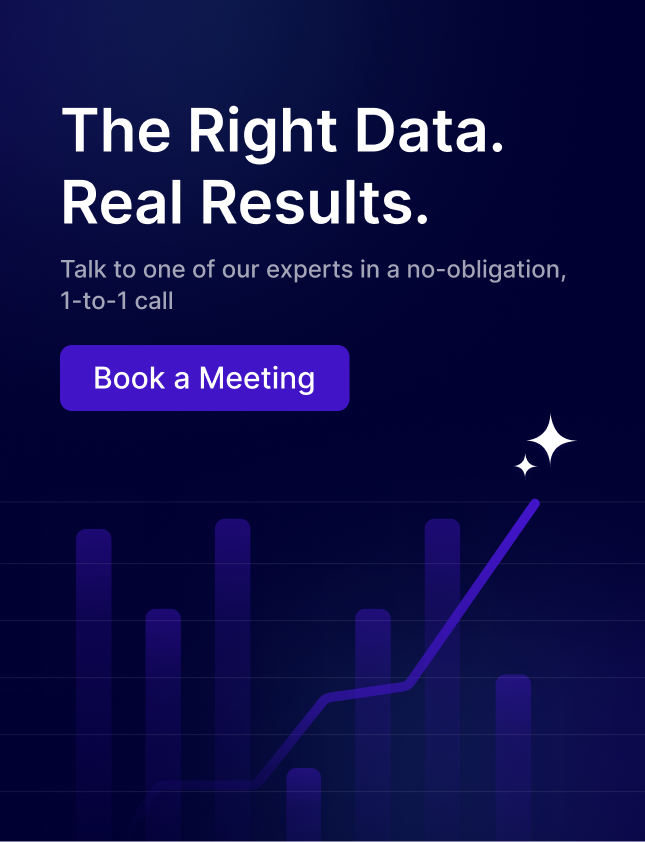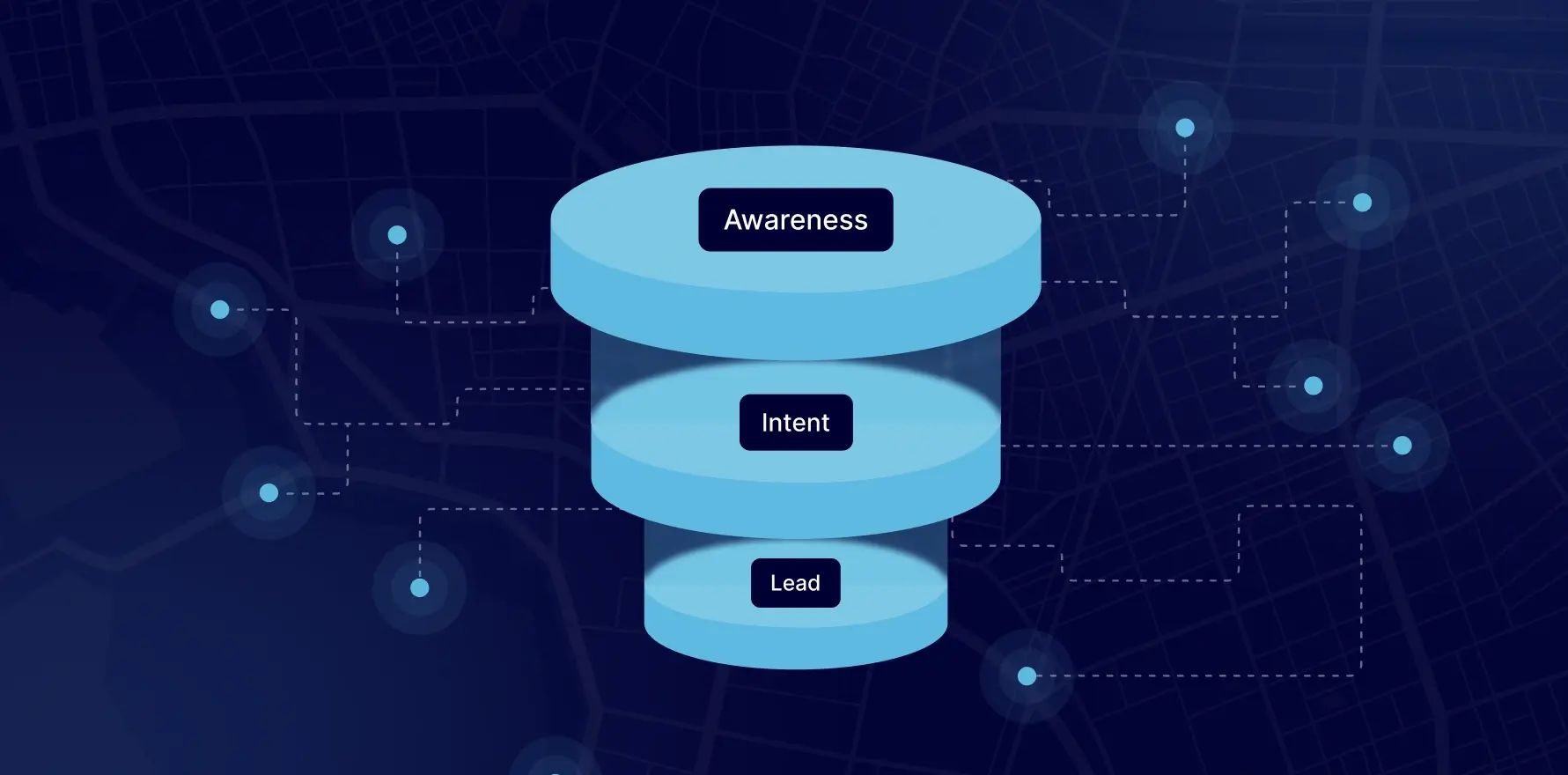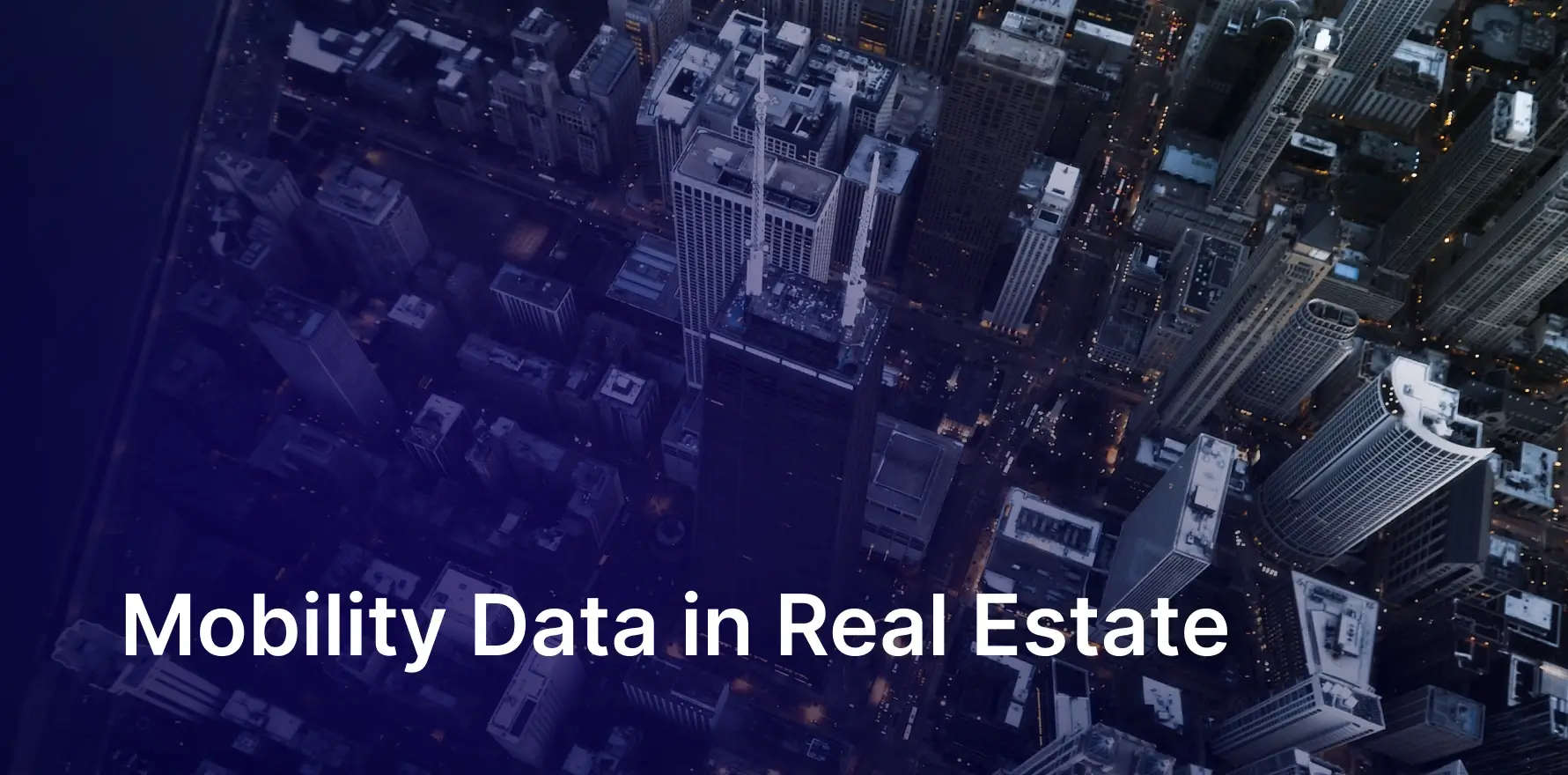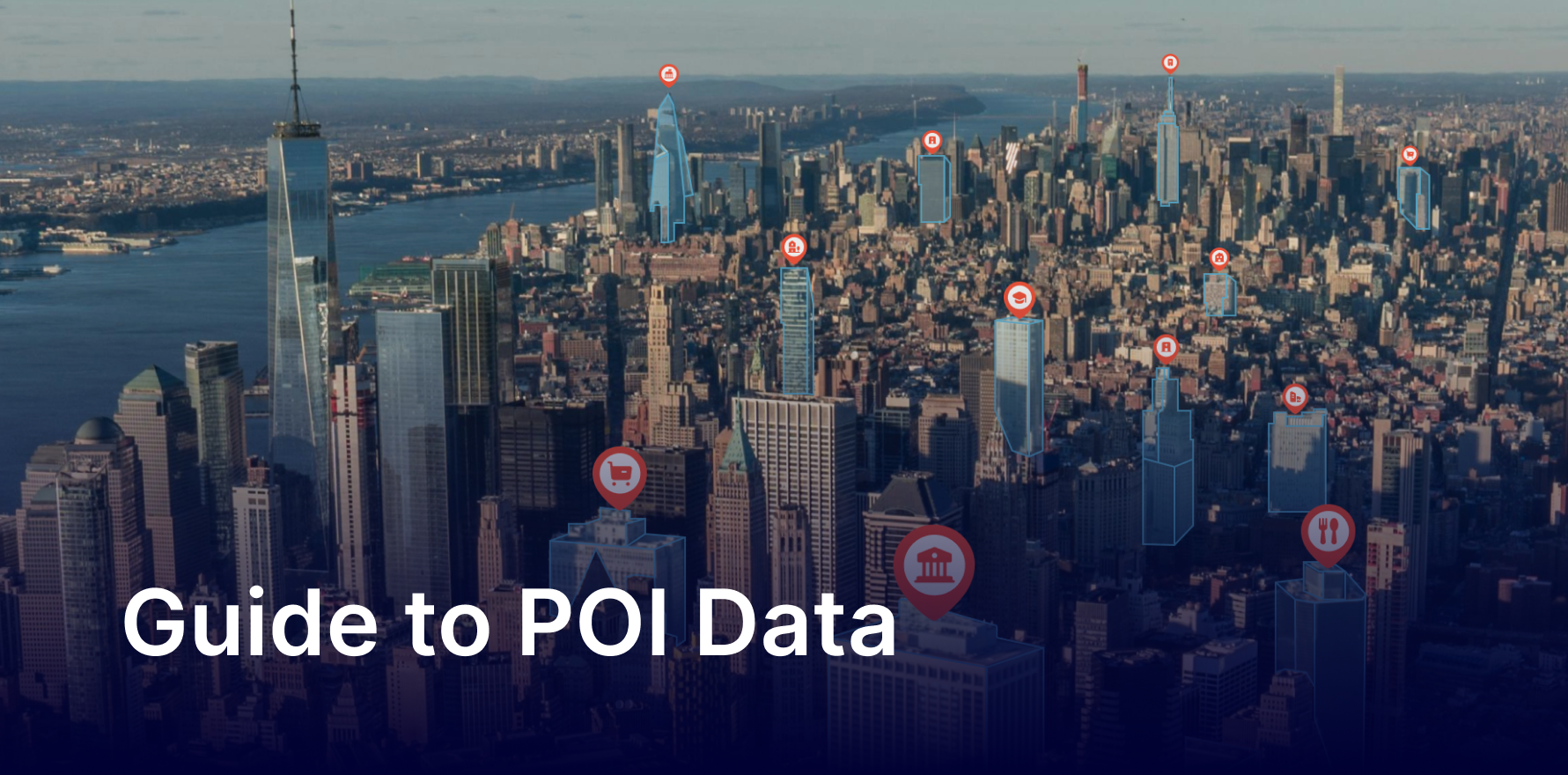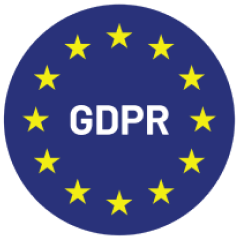Identity resolution is one of the marketing ecosystems most important tools in todays privacy-first landscape a tool to finally get to know today complex, omni-channel, multi-screen consumer. As consumers buying journey becomes more and more fragmented across screens and channels, identity resolution or bringing together identifiers across online and offline touchpoints is the only way to truly understand this consumer and their purchase triggers and barriers and important shopping moments.
There is little surprise then, that in the last year, identity resolution has formed a significant part of conversations we have had with our customers. Many marketers are today looking to leverage mobile based identity graphs and identity resolution partners to level up their marketing and data game. How can brands make the process of finding the most suitable identity resolution partner more seamless? By asking the right questions.
1. What constitutes your identity data?
This question is extremely critical to understand the breadth and depth of the identity data the partner will be able to provide. The true understanding of each consumers identity comes from a combination of online and offline identifiers, and being able to merge these identities with accuracy is key.
2. What are your data sources?
An identity graph must be accurate, up-to-date, and sourced with strong focus on consumer privacy. An identity graph provider must ethically source their identity data from trusted partners that have strict data collection, legal and consent processes in place.
3. How often do you refresh your data?
Your consumers are constantly on the move, as are their devices. That means most of their digital identifiers come with a shelf life. Ask your partner if they have timestamped data in keeping with the constant movement.
4. What privacy checks do you have in place?
Lasting, sound identity resolution partners dont play fast and loose with privacy and the laws around it. It is important that your identity graph partner has the ability to demonstrate their adherence to regulations with opt-out mechanism, privacy policies and information security.
5. What data quality checks do you have in place?
An identity graph is only as good as the data ingested. How an identity resolution partner cleans, onboards, validates, verifies and stores data says a whole lot about the effectiveness of identity graphs you use.
6. How much coverage do you have?
An identity resolution partner is of no use if they don’t have enough scale of users within a country. In order to get a good match rate with your customer data, an identity graph has to have a substantial scale of various online and offline identifiers.
Different data sources and types have varying degrees of accuracy, comprehensiveness and precision. It is crucial that brands, as identity resolution buyers and decision-makers, have an in-depth understanding of this before they sign up with a data partner. The road ahead for data-driven businesses is all about higher levels of accuracy, accountability and sound measurement. Were ready to deliver and to help you in this journey. Holler for a demo of the All New Factori!
You may also like


